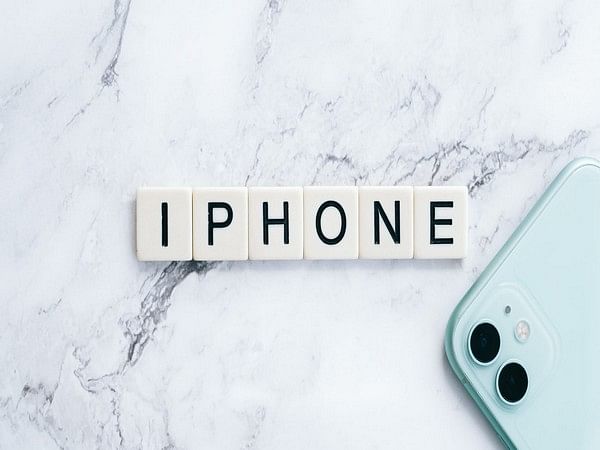Washington [US], March 8 (ANI): While Apple’s next smartphone series, the iPhone 14 lineup, is still months away from its launch, rumours and leaks about the design as well as other features have been doing the rounds on social media.
The high-end iPhones are not due for an upgrade until September and rumours of one particular upgrade have surfaced once again – the notch will be replaced by a punch hole.
This change has been rumoured often enough, but different analysts offer different timelines as to how it will happen. Ross Young of Display Supply Chain Consultants offered a more gradual timeline that is divided into three steps, reported GSM Arena.
First, the notch turns into a punch hole – two punch holes, in fact, a pill-shaped hole for the Face ID module and a round hole for the selfie camera. This is dubbed the “pill + hole” design.
Young expects that the design will be exclusive to the two iPhone 14 Pro models, while the vanilla phones will still use the notch design (similar to the current refresh rate split).
Second, all iPhone 15 models in 2023 will switch to the dual punch hole setup and it is the holes may be smaller than this year. However, it’s not clear how much smaller.
The final step is to move the Face ID module under the display. That won’t require a huge redesign as the key obstacle is that one of the layers of the OLED display is not very transparent to the infrared light used by the face scanner. There are three ways to fix that: replace it with a different, more transparent material, use a ‘backside laser drilling’ or use a different pattern for the cathodes that drive the OLED pixels.
Young believes the latter approach will be chosen, saying that one supplier is already qualified to enter mass production. But this doesn’t necessarily mean that the under-display Face ID will be ready for 2023 – in fact, the analysts think it is unlikely.
One potential challenge is that such a change requires that the display team and the sensor team collaborate on the issue and such a simultaneous change takes longer. Also, Apple prefers dual source components to keep costs low and supply stable, so a second supplier will have to qualify as well.
It’s important to note that it is far too early to know for sure if these changes will actually make it to the iPhone 14 series, which is expected to come out sometime in September 2022. (ANI)
This report is auto-generated from ANI news service. ThePrint holds no responsibility for its content.
